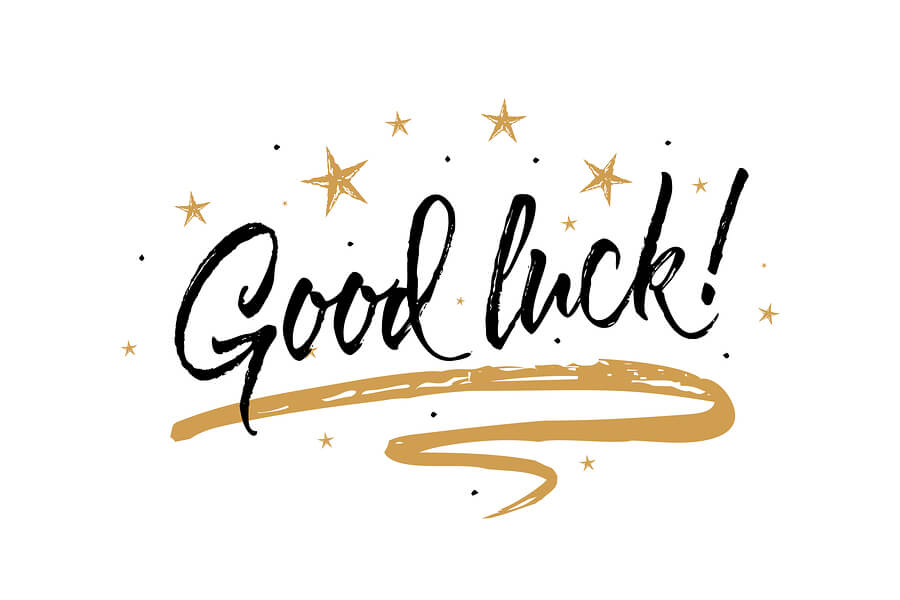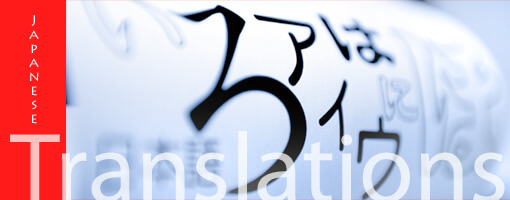Lucky charms have been in use throughout the world for more years than anyone could possibly count. They usually are held to either ward off something that is evil or as a wish for financial success. Some lucky charms can be seen duplicated in many different while others may only be used in a single culture.
Here is a list of some good luck charms to keep you entertained.
The Acorn
This has been in the past used widely by the Norse or Viking culture. Just one acorn is placed on the owner’s window sill in order to give protection from a lightning strike. As oak trees, the home of acorns, tend to attract lightning, the Vikings saw the presence of an acorn as having spared them the anger of Thor, who’s the Norse god responsible for inventing thunder and lightning.
An Alligator Teeth Necklace
In a few African cultures wearing alligator teeth brings good, especially when gambling.
Bamboo
This is called lucky bamboo or friendship bamboo because when it’s given as a gift the recipient will experience good luck. If the bamboo plant is placed on the east side of a room it will improve your energy.
Triangle
Triangles represent strength and their 3 sides represent the human life cycle of birth, reaching a mature age and death. Triangles are the shape of Egyptian pyramids and can also be seen on the U.S. dollar’s back.
Cricket
Crickets are viewed as protectors in some cultures as when they cease chirping danger is often nearby. Its presence is a good luck symbol in Native American and Asian cultures. It’s certainly bad luck if one is killed.
A Horseshoe Turned Upwards
Because a horse is strong and powerful horseshoes have been used for good luck. A St Dunstan legend from the 10th century states the devil was trapped in a horseshoe so placing one over your door facing upwards helps to keep evil out of the home.
Kachina
Kachinas are dolls which represent spirits in the world to Native Americans in both Central America and the American Southwest. The dolls, when dressed up, are often used as toys for children. If the doll’s spirit is invited into one’s family and home the family will receive a fruitful harvest.
Dream Catchers
The culture of Native Americans features dream catchers as they gather the good dreams and eliminate bad dreams. This originates from the Nokomis story who is the grandmother in Ojibwa tribal folklore. Nokomis day in and day out watched a single spider weave its web until a day came when her grandson entered and attempted to murder the spider. She proceeded to protect the spider and the spider in return came to the window and proceeded to spin in the moonlight a fresh web. The spider said to Nokomis: “Watch how I spin and learn as each web will bring bad dreams. Only the good dreams will pass through the tiny hole.”
Evil Eye
Featuring mostly in the cultures of the Middle East an Evil Eye amulet keeps out the Evil Eye: a curse provided following the malicious stare of another person. The amulet offers protection from this evil look to the wearer and is subsequently a top tourist buy throughout the Middle East.
Scarab Beetle
A scarab beetle amulet was particularly common throughout ancient Egypt. It represented several things such as the rising sun, the warding off of evil, and was associated with rebirth.
4 Leaf Clover
Irish tradition states if you find a four-leaf clover you will be lucky as each of the 4 leaves symbolizes good luck for faith, hope, love, and more luck for the person who spotted the 4 leaf clover.
Maneki-Neko
This is Japanese for “beckoning cat.” It is a lucky figurine of a cat lifting up one or two paws. It is commonly found placed at the entrances of the majority of businesses, shops and restaurants. It is sometimes mentioned as the “Chinese lucky cat.” It is linked with providing prosperity and protecting from any evil that could be present.
The Fuzzy Dice
This was frequently used by fighter pilots throughout World War II. It played a lucky charm role for those at war. The fuzzy dice helped them return safely following an encounter with war. Also, it’s believed that fuzzy dice charms make drivers avoid getting involved in an accident. Because of this, a few drivers hang the dice on their car’s mirrors.
Number Eight in China
Number eight is a lucky number in many Asian cultures, including China. Eight sounds like the word “fa” in Chinese, which means becoming wealthy. Because of its reputation, number eight is highly regarded and attracts a high price. For instance, one single car with 8 on its number plate reached $640,000 recently in a sale. It is commonly believed that anyone who possesses lucky number 8 is likely to have a strong intuition, insight, and is honest and becomes a great businessman. As a result, 8 is typically the main choice for many people when selecting important dates, phone numbers, and car i.d. numbers.
The Sparrow
Indians think that when a sparrow builds its nest on someone’s roof, it means good fortune. It might mean that very soon a wedding will take place. Therefore there is no need to worry if the sparrow creates a mess when creating its nest. Additionally, if a woman on Valentine’s Day spots a sparrow the belief is that she will gain happiness from marrying a poor man! Also, when the sparrows call, rain is on its way,




















